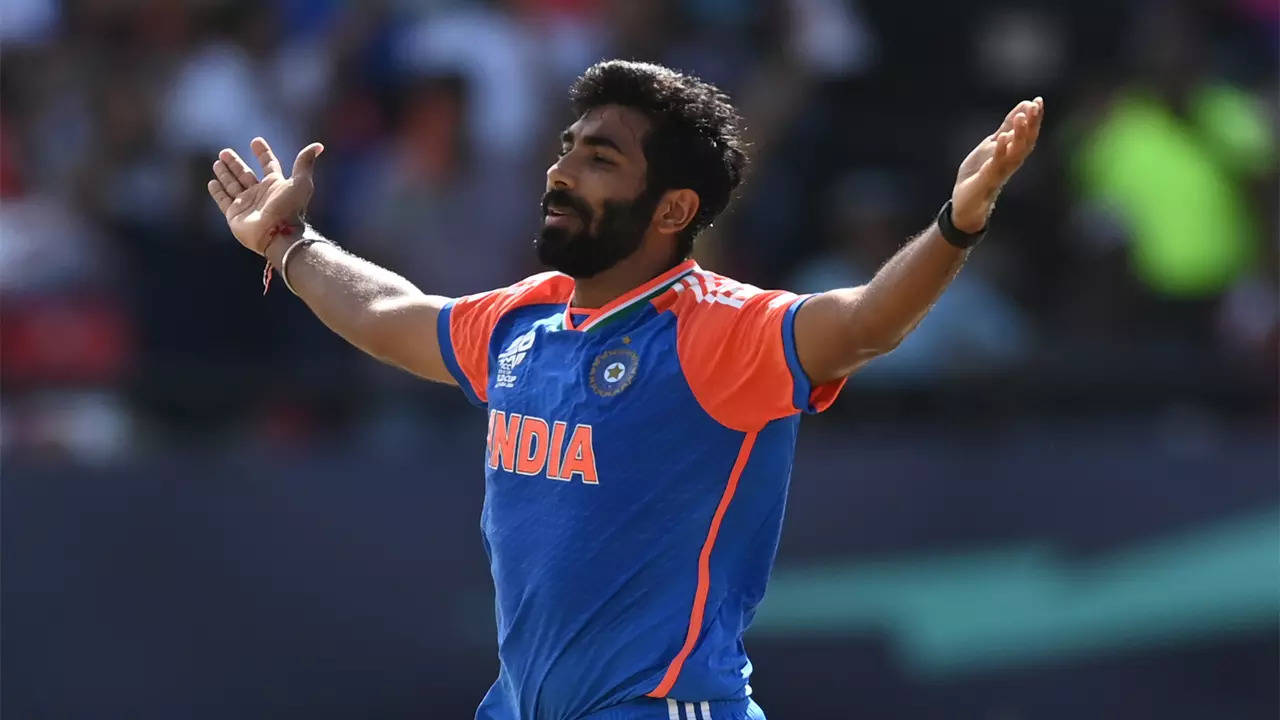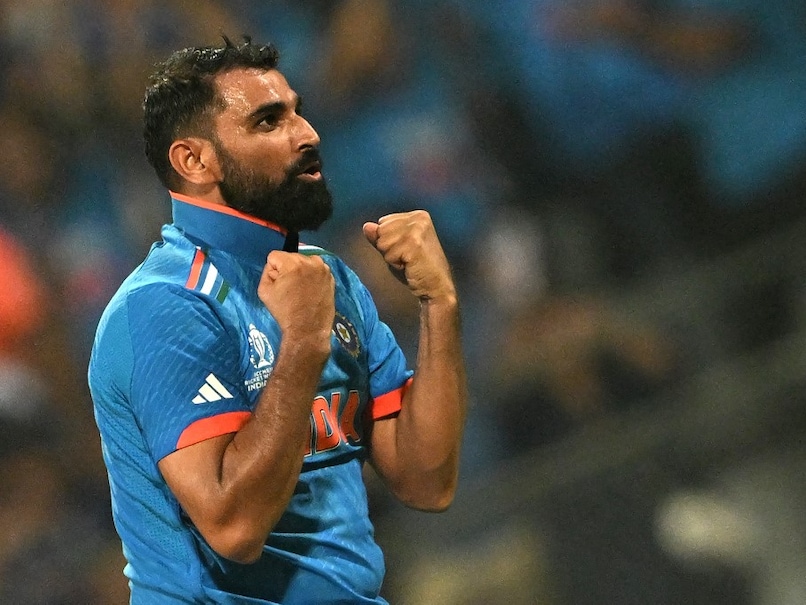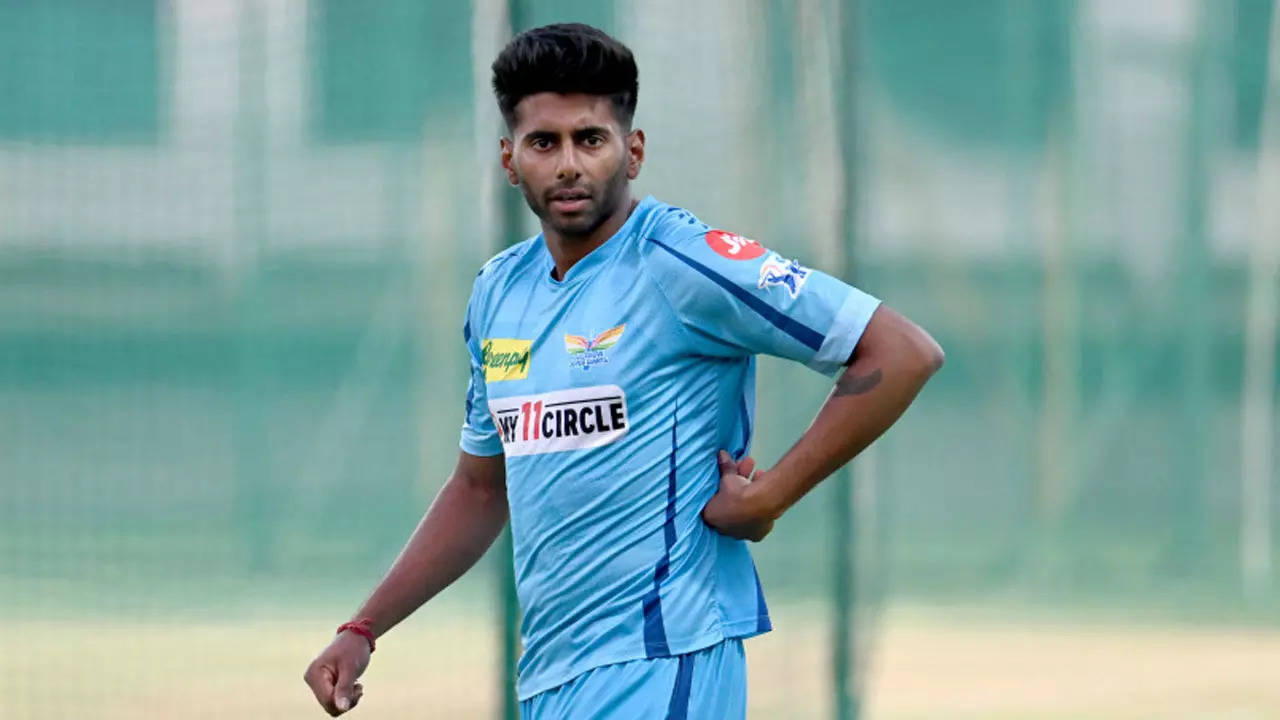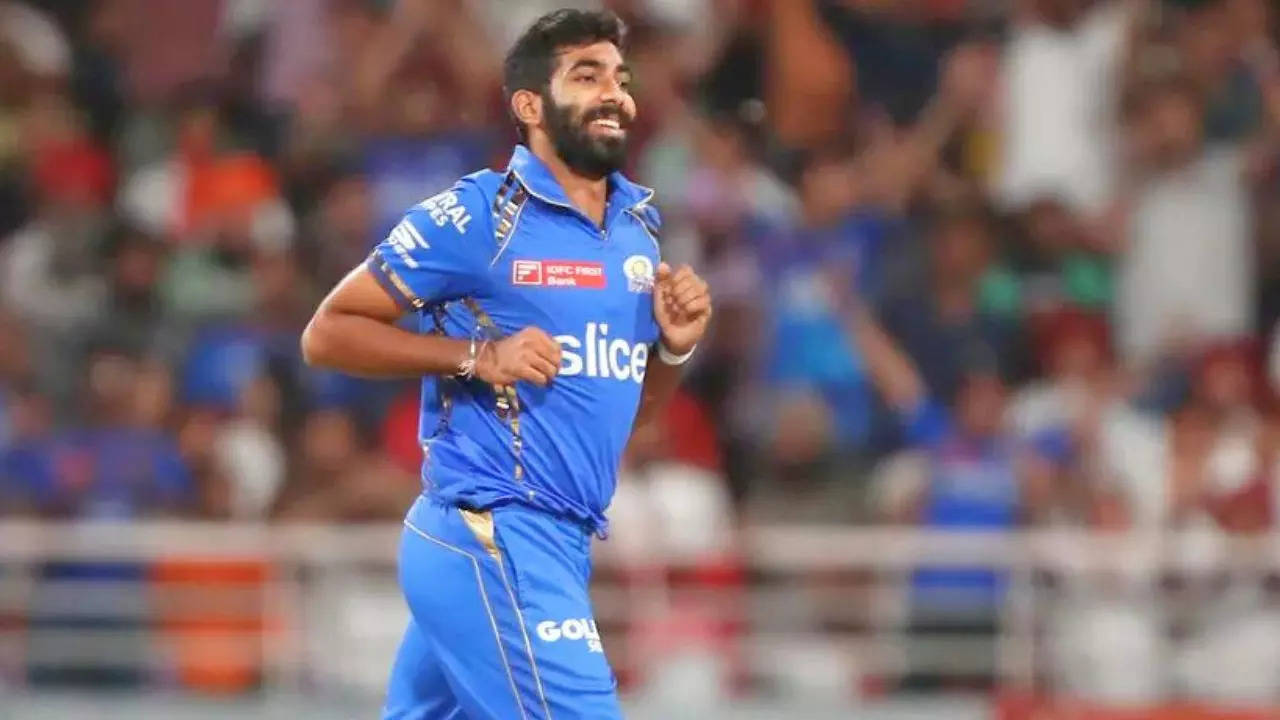Dinesh Karthik Raises Concerns Over Jasprit Bumrah’s Captaincy Prospects
Jasprit Bumrah’s Captaincy Prospects: Dinesh Karthik Raises Concerns
Former Indian wicketkeeper-batter Dinesh Karthik has expressed reservations about the possibility of Jasprit Bumrah becoming the captain of the Indian national cricket team. While acknowledging Bumrah’s leadership qualities, Karthik emphasized the importance of preserving his fitness and avoiding the potential risks associated with the added responsibility of captaincy.
Karthik highlighted the physical demands of fast bowling and the need to protect Bumrah for crucial matches. He described Bumrah as a “Kohinoor diamond” for Indian cricket, whose well-being must be carefully managed. “Being a fast bowler, especially at Bumrah’s level, it is so important to protect him and play him in important matches,” Karthik said.
He further explained that burdening Bumrah with captaincy could increase the risk of injury, potentially jeopardizing his availability for important matches. “To burden him with captaincy and then see him end up playing a lot of series and injuring himself would be a huge problem,” Karthik added.
Karthik’s comments come amidst discussions about Bumrah’s potential as India’s captain following Rohit Sharma’s retirement from the T20 format. However, the T20I captaincy was ultimately handed to Suryakumar Yadav, Bumrah’s teammate from the Mumbai Indians.
Bumrah has previously led India as a stand-in captain during the one-off Test against England at Edgbaston in 2022 and also captained India to a 2-0 series victory in a three-match T20I series against Ireland last year. Despite his success in these limited captaincy stints, Karthik’s concerns underscore the importance of carefully managing Bumrah’s workload to maximize his effectiveness and longevity in international cricket.










